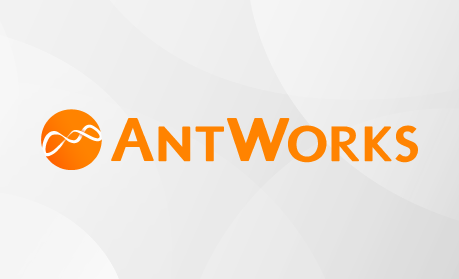


The objectives of our review have been derived from a number of sources, our primary source being the SIA Year 2000 Project Plan, GAO's Year 2000 Assessment Guide, and other industry Year 2000 documents. We will review securities organizations plans, resources, and methodologies to provide reasonable assurance that the organization will be ready for Year 2000 processing. The scope of our review for Year 2000 inspections is to interview senior management and technology staff and review technical documentation to determine whether or not the organization has an adequate Year 2000 program, and is meeting SIA timelines. We have also researched a number of web sites on the internet for Year 2000 work programs, and have incorporated questions from them as appropriate, such as ISACA's Year 2000 audit program, and others. In developing this work program, we have reviewed our two previous Y2K Work Programs for the SROs, reviewed the SIA's Year 2000 Industry Project Plan, reviewed the Federal Financial Institutions Examination Council's ("FFIEC") Year 2000 Examination Procedures, and reviewed the GAO's Year 2000 Assessment guide. The technology within the industry is complex in that the institutions may have numerous hardware platforms and operating systems, numerous terminals and networks, have its information technology systems provided in-house, by a service bureau, or some combination of these two alternatives, as well as numerous connections to customers, SROs, transfer agents, banks, and the Internet. Broker-Dealers, Transfer Agents, and the SROs, have numerous proprietary trading, information dissemination systems, and clearance and settlement systems. The purpose of this work program is to determine whether the securities industry is complying with the expectations of the SEC in preparation for the Year 2000 computer problem. For example, the year 1996 was a leap year since 1996 is divisible by 4 and not evenly divisible by 100 and the year 2000 will be a leap year since 2000 is divisible by 400.

Leap year occurs in all years divisible by 400 or evenly divisible by 4 and not evenly divisible by 100. The other complicating factor in the millennium problem is the leap year calculation. Failure to append the correct century to the value after input results in an inability to distinguish between 19. Therefore 2000 is stored as the two digit "00". The typical date standard format has been "MM/DD/YY".
#Automation testing for y2k defect process software#
The problem arises because most business application software programs (mainframe, client/server, and personal computer) have written since the early stages of automation were using two digits to specify year, rather than four. The damage, however, can be minimized or avoided if procedures are implemented to ensure all current and future applications recognize and address the issue. The fact that this situation exists cannot be avoided. The problem manifests itself in many areas including, databases, reports, files, screens, sorts, backups, imbedded coding and historical data. Comparisons and arithmetic calculations will be inaccurate. These results, if left uncorrected, will have negative repercussions across the financial community. On January 1, 2000, the internal date in all of the world's computers will roll-over from "12/31/99" to "01/01/00." In that moment the program logic, as it exists today in the vast majority of these computer systems, will begin to produce erroneous results, because the systems will erroneously read the dates as beginning in the year 1900, or other similarly incorrect dates. Securities and Exchange Commission Division of Market Regulation Year 2000 (Y2K) Work Program


 0 kommentar(er)
0 kommentar(er)
